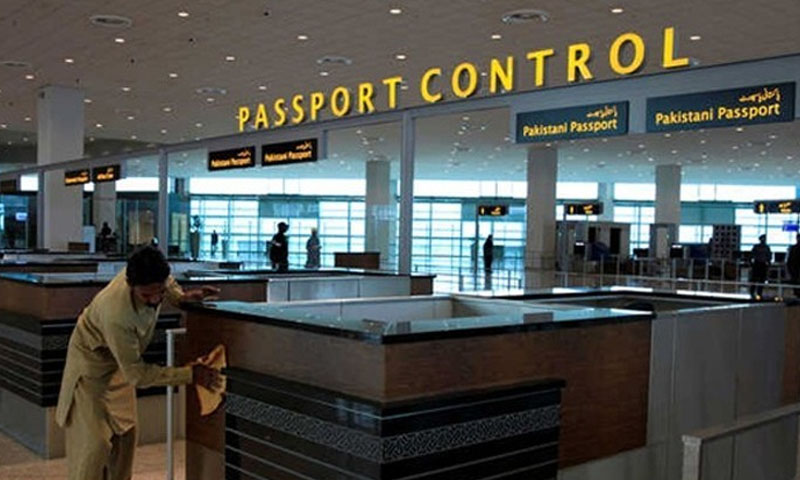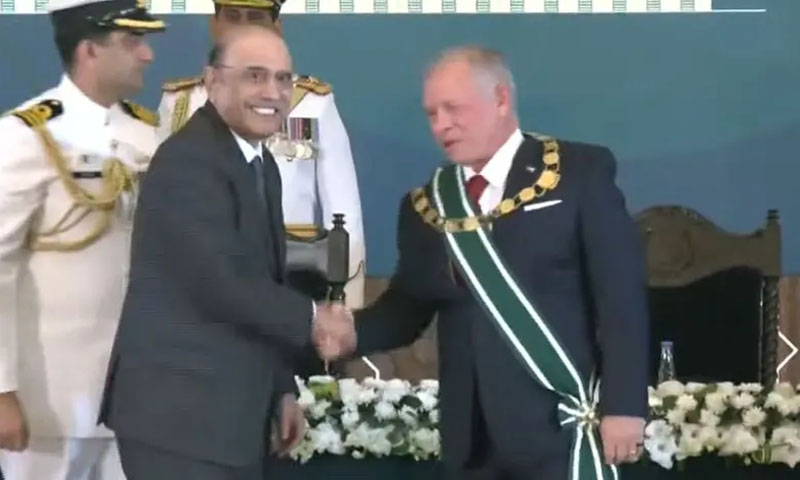- Muhammad Zareef Web Desk
- 6 Hours ago
Ever wondered why are salutes of Pakistan Army, Air Force and Navy different?
-

- Syeda Masooma
- May 14, 2025
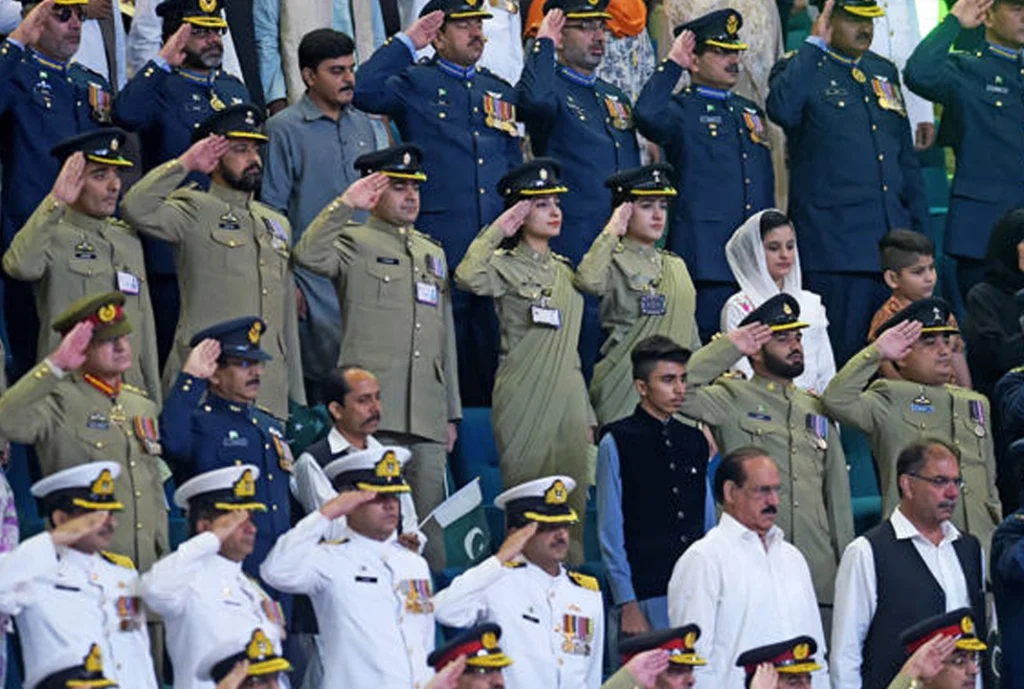
Pakistan’s armed forces Navy, Air Force, and Army use different salutes. If this is the first time you have been made aware of it, let’s look at them one by one before delving into their explanations.
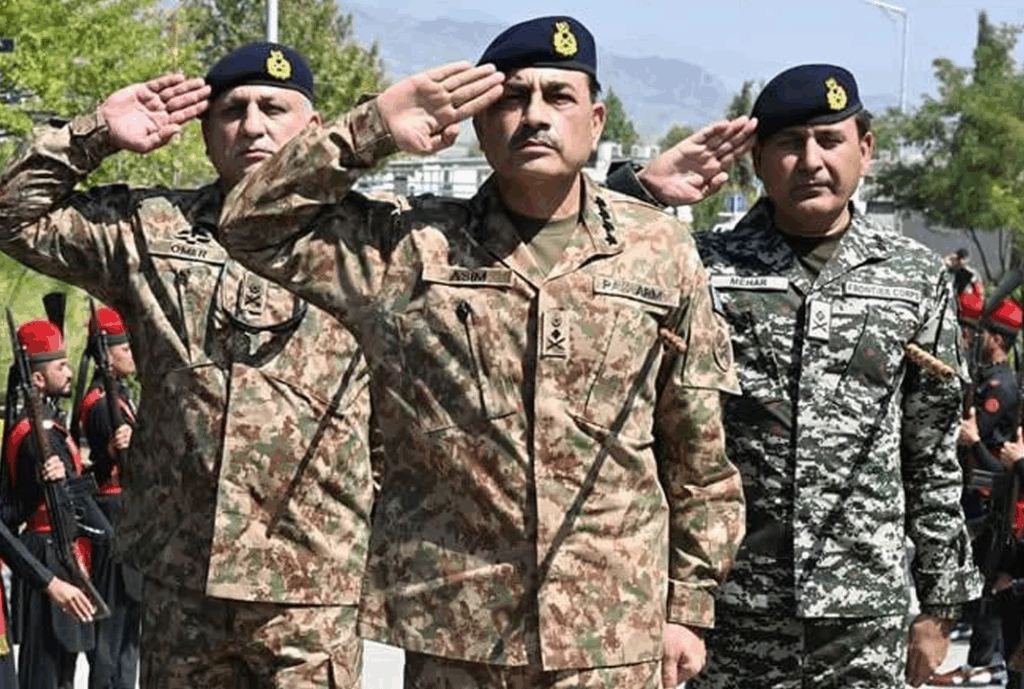
Khaki-clad warriors on the ground: Pakistan Army personnel salute with a flat hand, fingers together, palm facing forward at a slight angle. This is a traditional British Army salute, signifying discipline and respect.

Blue-suited sky sentinels: Pakistan Air Force’s salute is similar to that of the Army but with a more horizontal angle and with a straighter arm. This is to communicate uniformity, precision and order.

White-uniformed masters of the maritime realm: Pakistan Navy salutes are done with the palm facing downwards. This was originally decided to help avoid showing dirty palms when sailors used to work with coal or tar. It’s a practical tradition that evolved into a formal gesture.
These variations are rooted in military history and are consistent with the broader practices of many Commonwealth militaries, particularly the British Armed Forces, from which Pakistan inherited many customs.
WHERE DO SALUTES COME FROM?
In medieval times, knights would raise their visors with their right hand to show their face, which was considered a gesture of trust and honour. With time, the tradition turned into military men lifting their hats or touching their foreheads to show they were unarmed and posed no threat. Over time, this evolved into the modern hand salute.
In today’s time, salutes signify tradition as much as they are a symbol of camaraderie as they are of discipline and order. In many situations, a junior salutes first, and a senior returns it – a mutual exchange. It’s not servitude; it’s a ritual that reinforces military values.
Salutes are also an expression of National Pride. Saluting the flag or during national anthem, for instance, signifies loyalty to the country. It’s a proud gesture that links every soldier, sailor, and airman to the nation they serve.
WHY THEY ARE DIFFERENT FOR DIFFERENT FORCES?
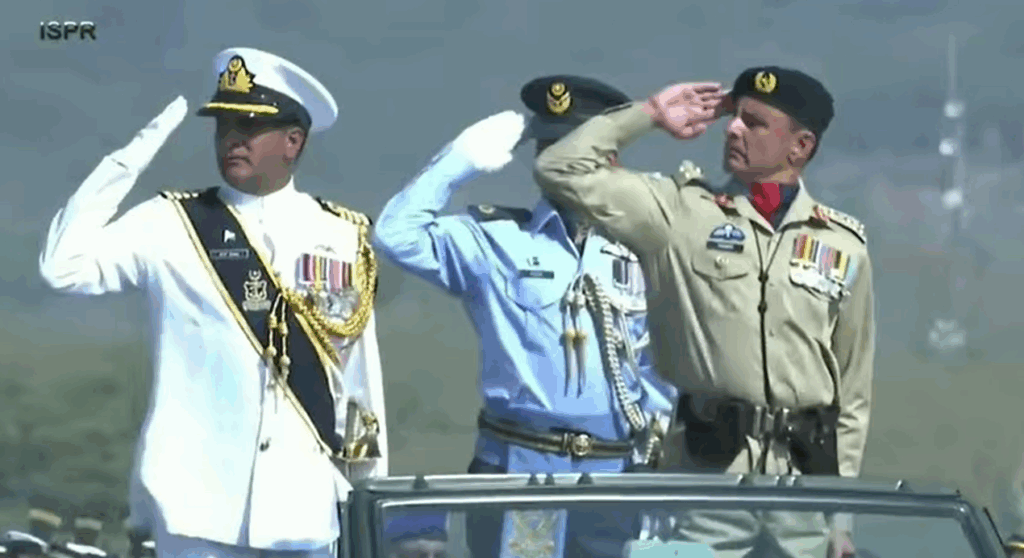
Identity and Esprit de Corps: Each service has its own culture, operational environment, and traditions. The unique salute styles reflect this individuality and service-specific discipline.
Pakistan Army’s combats, even in modern day warfare, often involves face to face combat. A salute, then, becomes a symbol of showing that a soldier is unarmed, when not in a combat. Hence the forward facing palm.
Air Force officers need extreme precision, focus and confidence to soar up to the heights in the sky. They cannot afford to slack or be distracted. The straighter arm and the crisp salute, then, shows uniformity, readiness, and staunch discipline.
Finally, Pakistan Navy gets its traditions from practicality of keeping the soiled palms hidden, but also as a gesture mirroring the movement of the sea waves and the rhythm of the sea.
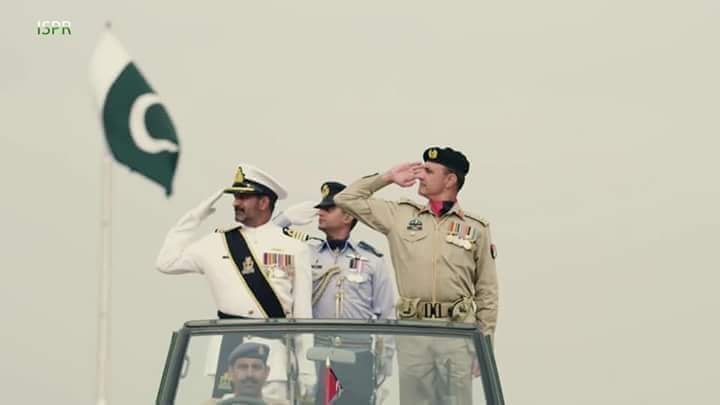
To sum up, the three different salutes are not just adherence to tradition. Rather every single one of them is intentional, historical, and symbolic. They honour the unique traditions of each branch and express the distinct professional identities of the Pakistan Army, Pakistan Navy, and Pakistan Air Force.
Also read: From ‘Rafale hunter’ to ‘national crush’: Who is Air Vice Marshal Aurangzeb Ahmed?

